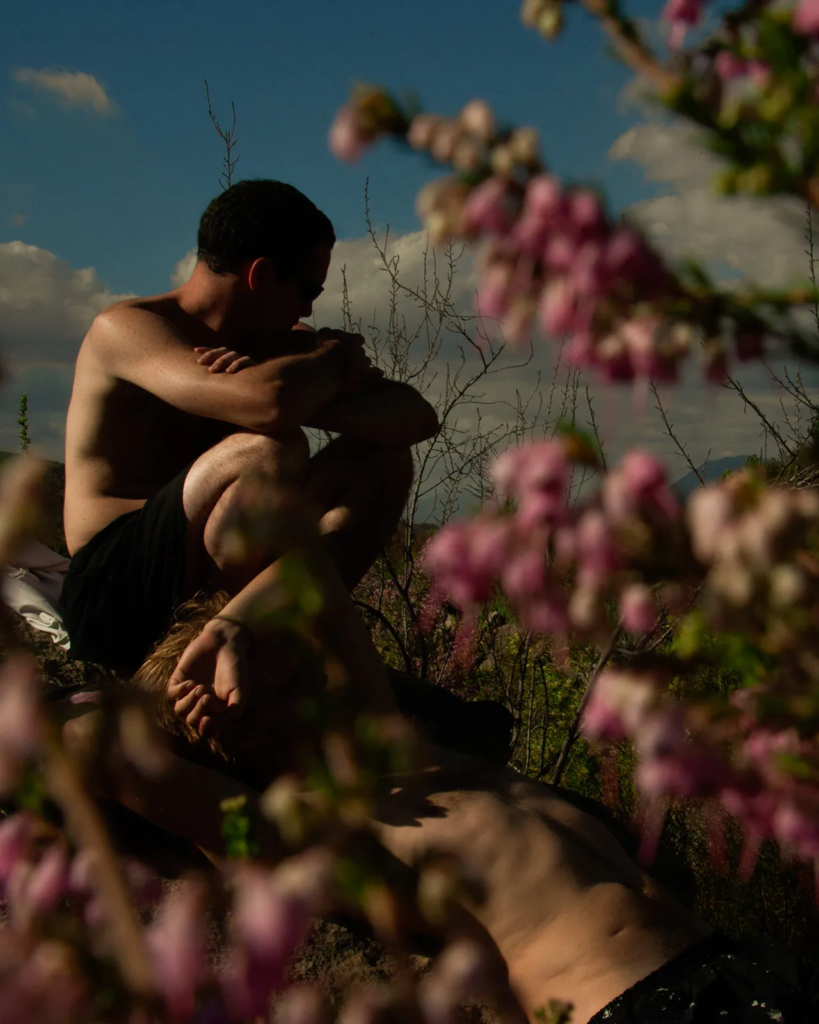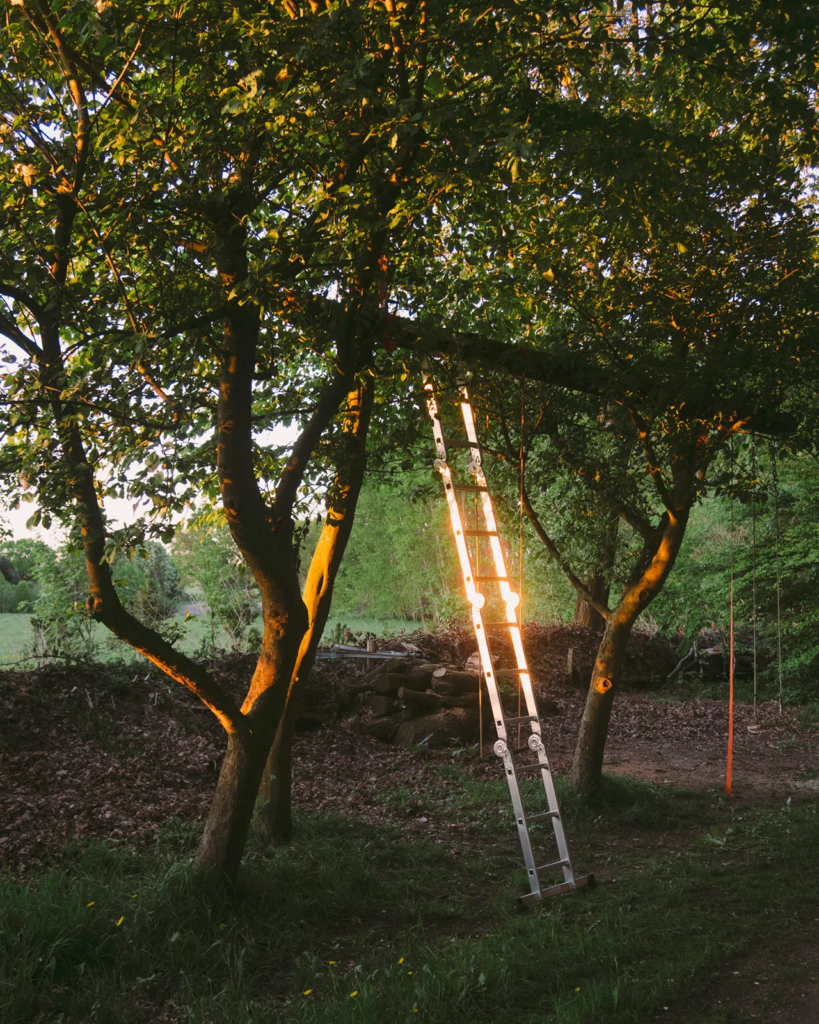Katrin Koenning is an Australian-German photographer known for her compelling and emotive photographic work. Her work travels across still and moving images and text, at times including found materials, painting and collage.
Her photographs are so versatile, they all have such a comforting atmosphere yet every one is completely different to one another. Why found her photographs so captivating was because they make people feel. They make the viewer feel the emotions that are created by each image, they can project emotions as well as be aesthetically pleasing.






Koenning has been involved in various photographic projects and exhibitions, both in Australia and internationally. Her work has been featured in solo and group exhibitions, showcasing her talent and unique perspective within the realm of contemporary photography. Koenning’s work often explores themes of identity, place, and the human connection to the environment. Her photographs are characterized by a poetic and contemplative quality, and she has a keen eye for capturing intimate and emotive moments.
Koenning has collaborated with other artists and photographers on joint projects, contributing to a diverse range of creative endeavors. One of those collaborations is with Sarker Protick, with who’s she worked on the book Astres Noirs. By this book I have discovered Koenning and her work. I first came across it in a lesson when I was doing primary research of inspirational photographers of a similar topic that I wanted to explore. When I saw the imagery in the Astres Noirs photobook, I was stunned as I couldn’t see how the book linked to what I wanted to explore, but I knew that what the imagery made me feel, I wanted to make the viewers of my own photobook, to feel similar emotions. These emotions being; confusion, nostalgia, awe and gratitude. I want to make people feel appreciative for what they have by evoking these feelings.
Koenning is great at reflecting emotions through the photographs by, photographing subjects that are a part or were a part of everyone’s life’s, therefore each photograph feel nostalgic and resonates with the viewer. what pays an important role is how she is able to present the outcomes, which pictures are put next to each other, their composition and layout.
Bellow is a video of the whole book, Astres Noirs, being presented.
In an interview she stated it was actually the publishers who came up with the thought for the book and who initiated the idea of a more direct dialogue. As they have been following each of the artists for a while and realised there is a link between their works. she has previously met Potric in 2014 in Germany where the 2 became closer. The book is a form of communication between the 2 photographers. where every photograph is an answer to the previous image. it is a form of conversation that isn’t seen nowadays. this unusual conversation led to amazing outcomes that correspond with each other. by knowing this you can begin to see the pattern clearer where the images look so similar yet so different, where the photographs could be of completely different subjects, yet those opposing ideas compliment each other, by light, shadows or other light to dark ratio and colour values.

When Koenning was asked about how she feels about the result of the photobook, “Looking at it at different times of the same day, or even in a different room, will remarkably alter how the reflective ink will reach your eye. The ‘under’ pages suggest something hidden or out of reach, which works very well too within the overall tone and origin of the images.” You can tell she is most happy with the how the images were displayed, like the paper used and the ink, I think this is an important factor to take into consideration when designing the layout of the book, as it effects the mood of it.


The image depicts A human silhouette almost glowing with brightness illuminating in the waters, where we can see a circular central ripples surrounding the figure, behind a dense forest. the image is in black-and-white, and it’s cleverly split into half with the top part covering most of the forest and the bottom, the quiet lake as well as figure in the centre of the waters. we are first drawn to the centre of the image where the brightest source is the human it’s unknown if the figure is of a male or female as they are stood up facing the camera, however, is represented in a bright light where we cannot see any details of the body. Everything within the picture seems to be pointing to that figure like the ripples in the water, circling the person adding to the value of them being there. I chose this image as it seems the most mysterious and whimsical out of them all I realised also a pattern that continues throughout the book, which is the importance of the light. The light plays a vital role in the images to capture a certain mood. “ in this work. I was interested in both the elimination of the subject, but also the need for the viewer to imagine what’s behind, or in the light or even in the darkness.” she says, and I think this image portrays that the best through revealing as much as concealing. We know there’s a person, but we can only see its figure as the body is illuminated. This is why we begin to question what is behind this light, what’s in the darkness, and what importance does the darkness have? these questions said out loud Seem not only relevant to the photograph, but also to the viewer they seem personal. Another quote said by Koenning that I came across “ that’s an important question in photography, what isn’t shown” Making it specific about this image or any other image, we often think it without paying attention to it in the viewer to photograph always questions what’s behind the photo. I think of it, as I transport myself into the photograph to reveal it in the truth. In this case, the darkness hidden behind the light. when look at an image, it’s important to not only see it as what it is, but what it is not. We have to pretend imagine of shape and build the unknown like the meaning the story or even the emotions. I think there’s clues in every image that can answer those questions, except the answer will very depending on the recipient. to me, this image shows the importance of nature and how connected we are to. It is personal as we all can relate to our human body and we all can see ourselves as the being in the centre of the image. I think this image can be taken in two ways one being, it looks like the silhouette of a human looks like it is one with nature and it belongs there where it united with it, but then the other story is an opposing idea of that where the human form can be taken, as selfish and opposing to nature like it superior. this is because of the shifting light and because of how in focus and centre, it is everything leading to its existence valuing its importance. I would like to believe the photograph represents a beginning a start over where we are given a second chance to rebirth for the kinda more open and warming selves, where we can give more than receive more nature and the environment we are in the nearest to us.
Links
http://theheavycollective.com/2016/10/25/katrin-koenning-sarker-protick-astres-noirs/
https://cphmag.com/conv-koenning/
https://katrinkoenning.blogspot.com/
https://katrinkoenning.com/menu.html
https://hafny.org/blog/2015/4/katrin-koenning-makes-the-world-glow
https://en.wikipedia.org/wiki/Katrin_Koenning
https://www.photoeye.com/BookteaseLight/bookteaselight.cfm?catalog=ZG895&image=6

Wiktoria, an excellent case study on Koenning, showing knowledge and understanding. You should be able to use some o f this analysis in your essay, especially in the paragraph on Koenning.
In the meantime, could you publish your essay introduction so I can read it and give you feedback, including key texts for you to read.
Also, you must begin to publish photoshoots and show how your photography project is developing etc.
MT